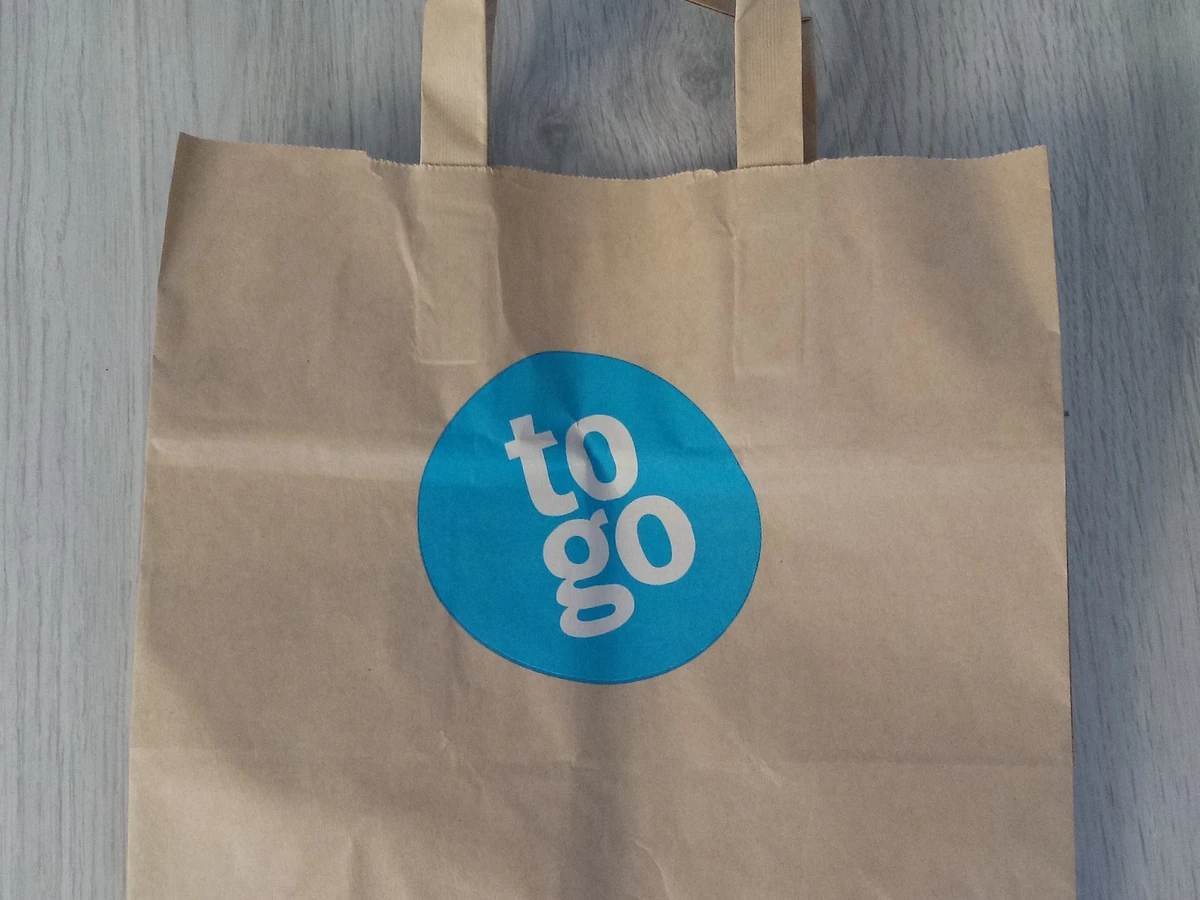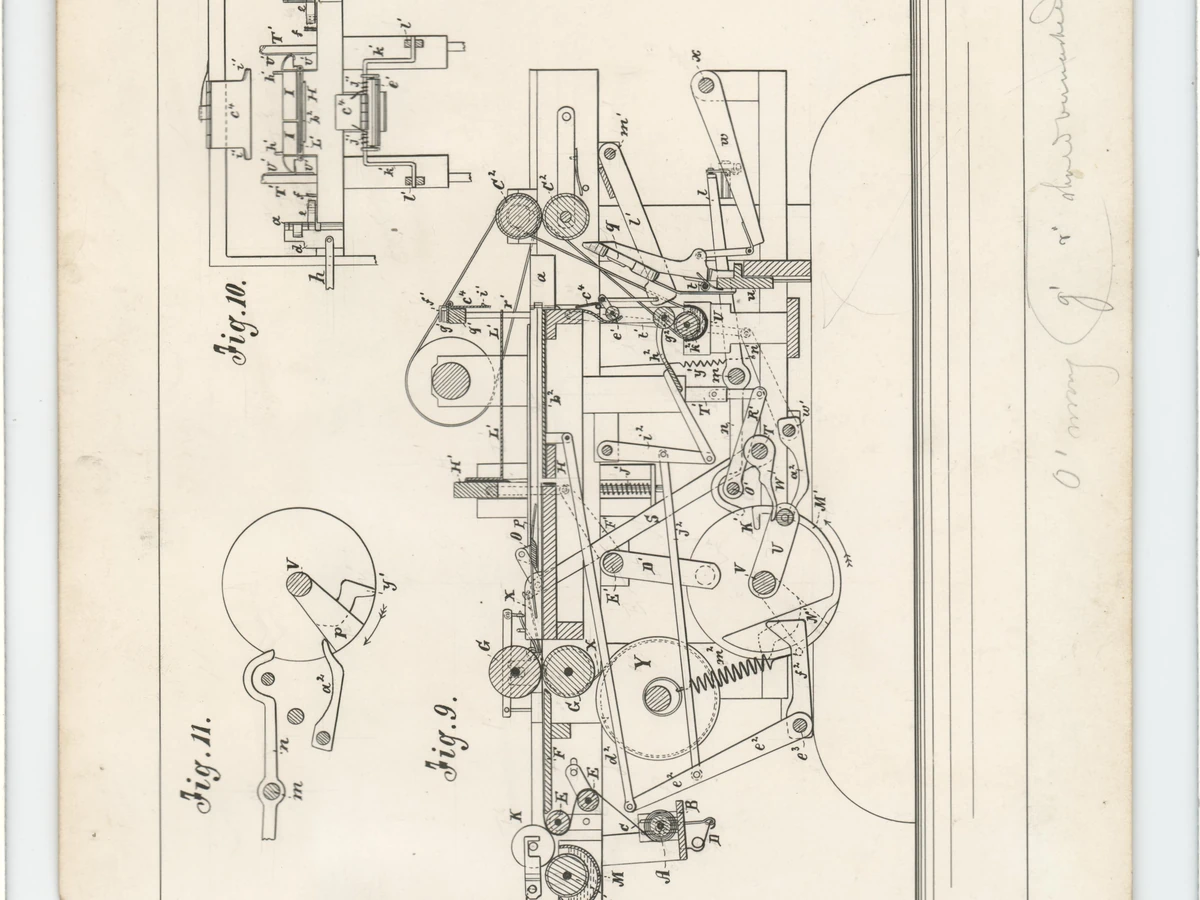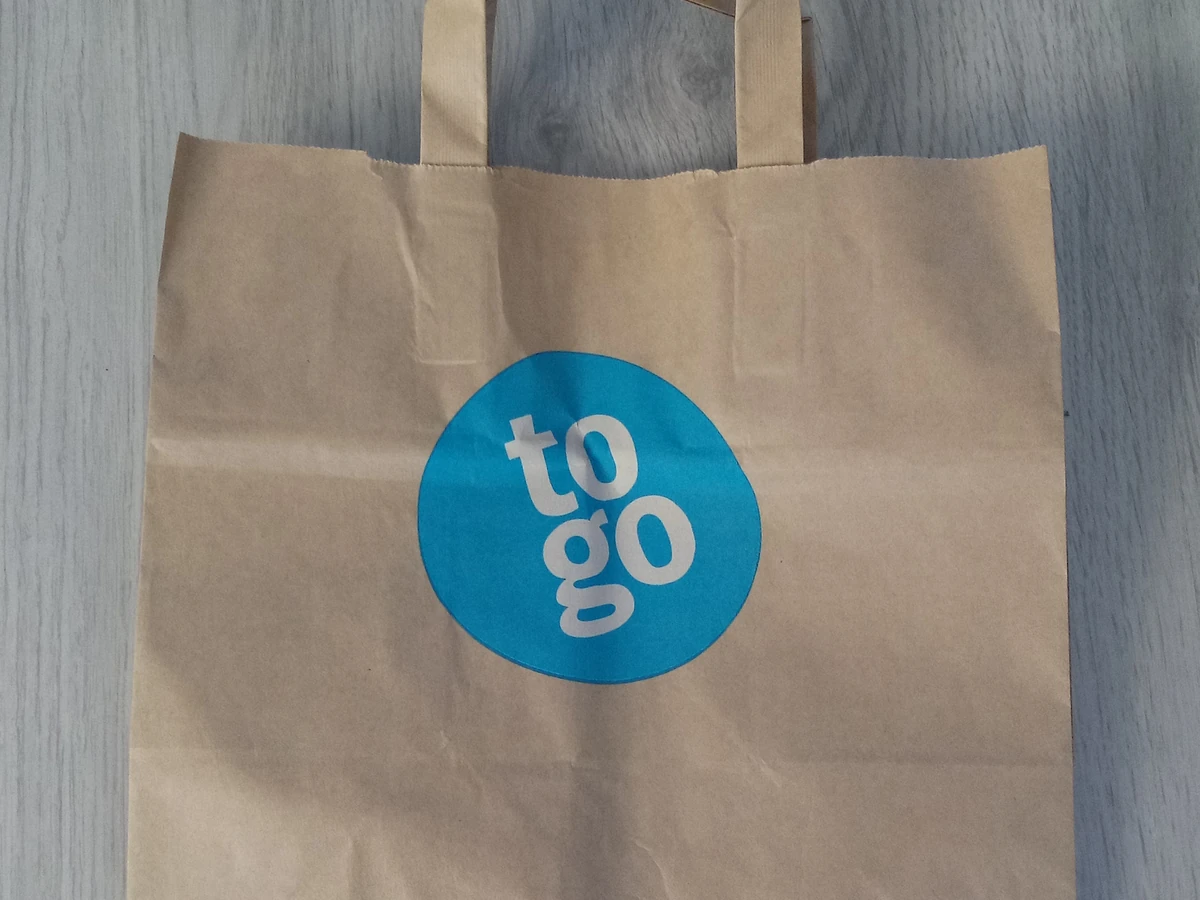From hand‑folded envelopes to flat‑bottom marvels that changed retail and takeout.
In this in-depth history, we trace the object’s earliest precursors, the inventions and materials that shaped its evolution, and the cultural meanings it picked up along the way. Across centuries, small design decisions changed how we eat, travel, dress, and shop—one humble tool at a time.
Early Wrappings: Paper as Portable Packaging
As papermaking spread from China through the Islamic world to Europe, people discovered paper’s knack for wrapping food, spices, and small goods. Vendors folded simple envelopes from flat sheets, tying them with string. For centuries, bags were hand‑made when needed, their size limited by the wrapper’s skill. Paper was precious; reuse and thrift were standard practice, and parchment or cloth sometimes did the job instead.

Machines and the Flat-Bottom Revolution
The 19th century transformed paper packaging. Inventors created cutters, folders, and pasting machines that standardized sizes and seams. The flat‑bottom paper bag—capable of standing upright—was the breakthrough that reshaped retail counters. Suddenly, clerks could pack purchases quickly without holding the bag open. Kraft paper strengthened sacks for flour, sugar, and produce; handles arrived to serve takeout and fashion boutiques. Branding followed: printed logos turned bags into moving advertisements.

From Grocers to Takeout: Changing Retail Habits
As self‑service supermarkets spread in the 20th century, paper bags became part of the shopping ritual. Cashiers flicked them open with a practiced snap. Later, lightweight plastic challenged paper on cost and moisture resistance, but paper regained ground where compostability, recyclability, and tactile quality mattered. Today, many cities nudge retailers toward paper or reusable bags through policy and consumer preference.

Sustainability, Recycling, and Design
Modern paper bags balance strength with fiber savings: recycled content, efficient folds, and water‑based inks. Designers refine gussets and handles to prevent tear-out; restaurants consider vent holes for steam. Specialized bags keep loaves crisp or coffee beans aromatic. As e‑commerce grows, paper mailers and padded envelopes try to replace plastic where possible, though trade‑offs remain. The paper bag may be ordinary, but it sits at the center of how we move goods from maker to hand.
Curiosities and Fast Facts
- Materials and mechanisms reveal broader industrial trends—when one improved, the other followed.
- Small objects often carry big etiquette rules; what’s polite in one era or region can be taboo in another.
- Mass production standardized dimensions but also inspired niche, artisanal revivals.
- Design changes frequently track public health, safety, and accessibility standards.
Conclusion
The History of the Paper Bag is more than a footnote of design history. It’s a case study in how simple tools absorb innovation, shape everyday rituals, and reflect the values of their time. From raw materials to refined mechanisms, the object’s journey shows how a little ingenuity goes a very long way.
Next time you encounter one, consider the craftsmanship and cultural layers packed into such a small thing.
